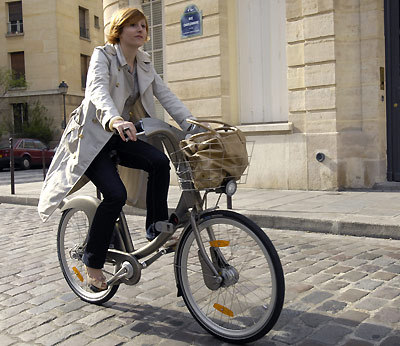Today we went to the Musee d’Orsay and the Musee L’Orangerie. I highly recommend going to see both museums on the same day. L’Orangerie is a fairly small building and can easily be seen in about an hour. The main room to go see are the Monet Water Lilies rooms. These pieces are some of Monet’s most famous.
After you leave the L’Orangerie, you should head towards the Musee d’Orsay. The d’Orsay is considerably larger than the L’Orangerie. In the d’Orsay I suggest that you go see the Impressionist hall, the Toulouse lauTrec section, and finally the Palais Garnier model. It is also inside of a famous old train station, which is pretty neat!
The Impressionist hall is full of beautiful paintings including many pointillist painting. Pointillism is my favorite style of the impressionists. This hall has something to offer everyone!
The Toulouse lauTrec section is amazing because it gives you a look into life in Paris during
the Belle Epoque. His work is some of my favorite because it so beautifully displays his time.
The Palais Garnier model was by far my favorite part in the d’Orsay. It is SO cool! When we went to see the actual Palais Garnier I had a hard time imagining the Phantom of the Opera actually being able to haunt like the myth says. But when I saw the model it all made sense. We only saw a small, very small, portion of the actual building. It is MASSIVE! The basement is huge and above the ceiling there is a massive attic where the chandelier pulley is!
Just seeing these few things makes visiting these two museums VERY worthwhile.








































.jpg)

